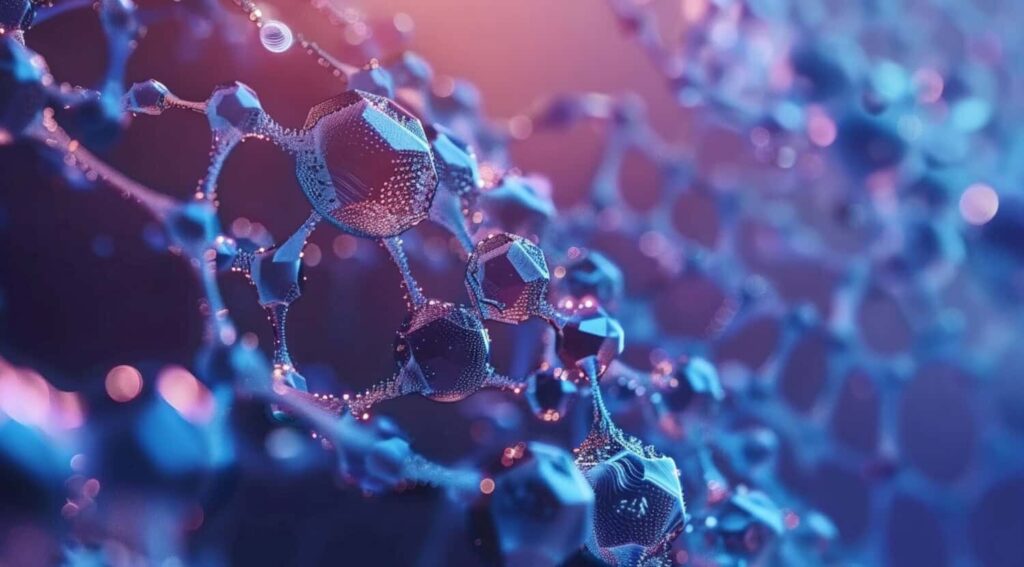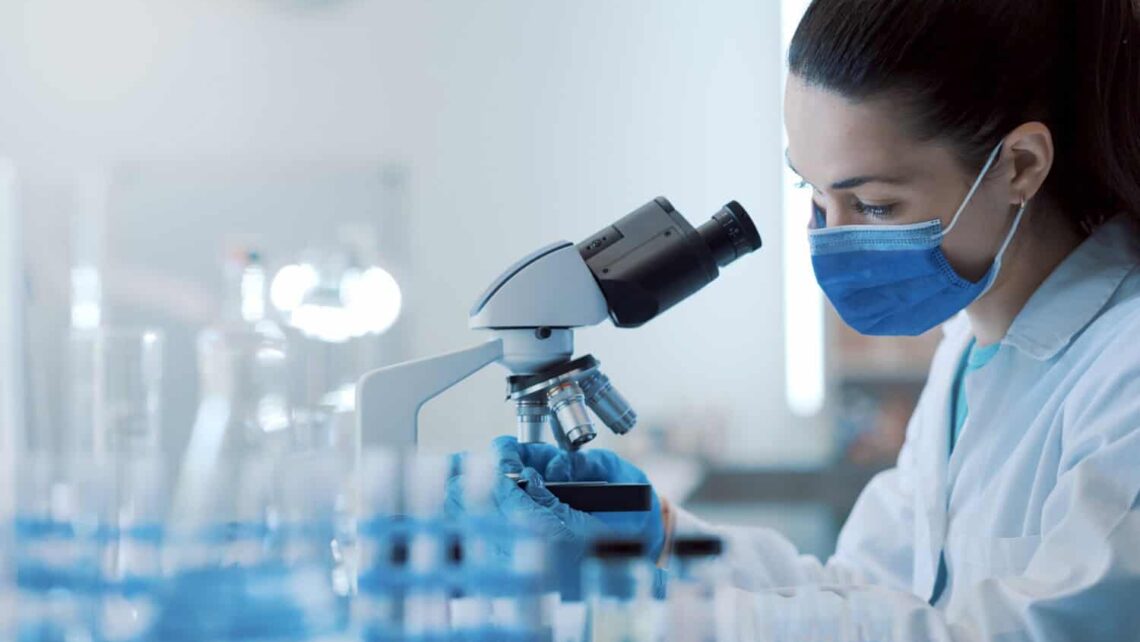Nanotechnology, which involves working with materials at a very tiny scale, is bringing big changes to many fields, including dental care. In Australia, nanotechnology is known for its strong research and innovation, is leading to new and better ways to take care of our teeth. This article will discuss how nanotechnology is improving dental materials, diagnostics, and treatments, helping Australians achieve better oral health.
Improved Dental Materials
Traditional dental materials, such as those used in fillings and crowns, often have limitations. They might not be very strong or look natural. However, nanotechnology allows the development of new dental materials with much better properties. For example, adding tiny particles like silica, zirconia, or hydroxyapatite to resin composites makes them stronger and more durable. These advanced materials last longer and provide better results for patients.
Research at the University of Sydney has shown that these nano-enhanced composites perform better than traditional ones, offering stronger and more durable dental work. This means fewer replacements and happier patients.
Nano-hydroxyapatite is another example. It mimics the natural minerals found in teeth and bones, making it highly compatible with the body. Studies at the University of Melbourne have proven that titanium implants coated with nano-hydroxyapatite integrate better with bone, leading to more successful dental implants.

Better Adhesives and Root Canal Treatments
Dental adhesives are essential for bonding fillings and other restorations to teeth. Nanotechnology enhances these adhesives by incorporating nanoparticles, which increase the surface area for bonding and make the adhesion stronger and longer lasting. Additionally, some adhesives now have antibacterial properties, thanks to silver nanoparticles. Researchers at the University of Queensland are exploring these advancements to prevent cavities from forming around fillings and extend their lifespan.
In root canal treatments, nanotechnology is making significant improvements. Traditional methods may not always eliminate all bacteria in the complex root canal system. However, using silver nanoparticles ensures a more thorough disinfection. Additionally, incorporating nanomaterials into root canal sealers enhances their ability to seal the canals and prevent bacterial leakage. Australian researchers are also looking at using calcium silicate-based nanomaterials for pulp regeneration, potentially transforming the treatment of tooth infections.
Advanced Diagnostics and Targeted Treatments
Nanotechnology offers exciting possibilities for early disease detection and personalised treatments. Tiny sensors, known as nano-sensors, can be integrated into dental appliances or implants to monitor oral health in real-time. These sensors can detect markers for cavities, gum disease, or even oral cancer, allowing for early intervention and more effective treatments.
CSIRO (Commonwealth Scientific and Industrial Research Organisation) – Australia’s national science agency, is developing nano-sensors for rapid and non-invasive diagnostics. This technology could revolutionise how dentists diagnose and treat oral health issues.
Targeted drug delivery is another promising area. Nanocarriers, tiny vehicles like liposomes or nanoparticles, can deliver medication directly to the affected area in the mouth. This targeted approach minimises side effects and maximises the effectiveness of the treatment. Australian researchers are exploring how these nanocarriers can be used to deliver antibiotics for gum disease or anti-inflammatory drugs for oral ulcers, improving patient care and comfort.

Regulatory Considerations and Future Directions
While the benefits of nanotechnology in dentistry are immense, it is essential to address safety concerns. The long-term effects of nanomaterials on health and the environment need careful evaluation. Regulatory bodies like the Therapeutic Goods Administration (TGA) in Australia ensure the safety and effectiveness of these new materials. Comprehensive preclinical and clinical studies are necessary to assess the compatibility and potential risks of nanomaterials before they become widely used in dental practices.
Looking to the future, nanotechnology will continue to shape the field of dentistry in Australia. Ongoing research and development are focused on creating even more advanced nanomaterials and devices for better diagnostics, treatments, and regenerative dental care. The integration of nanotechnology with other emerging technologies, such as artificial intelligence and 3D printing, will further enhance the precision and personalisation of dental care.
As these advancements make their way into everyday dental practices, patients can expect more effective, less invasive, and tailored treatments. This will lead to better oral health and overall well-being. With its strong research and innovation culture, Australia is well-positioned to lead the way in applying nanotechnology to transform dental care.
In conclusion, nanotechnology is revolutionising dentistry in Australia. By improving dental materials, enhancing adhesives and root canal treatments, advancing diagnostics, and enabling targeted treatments, nanotechnology promises a future with better oral health outcomes. As safety and regulatory concerns are addressed, and research continues, the integration of nanotechnology into dental practices will bring lasting benefits to patients, making it an exciting time for both dental professionals and their patients.
Want to book an appointment?
Book online by clicking here. Call our friendly team on 3390 6100 or email us.







